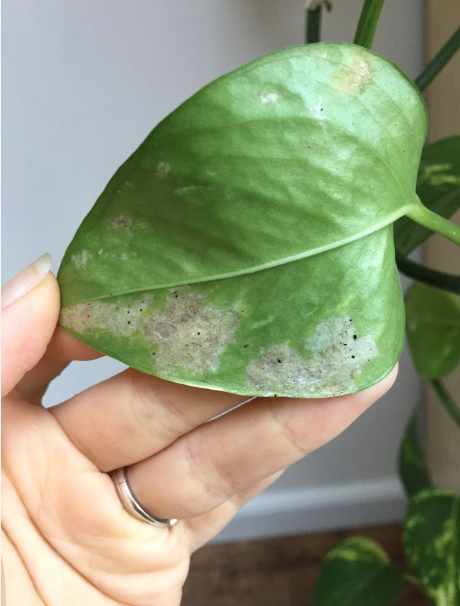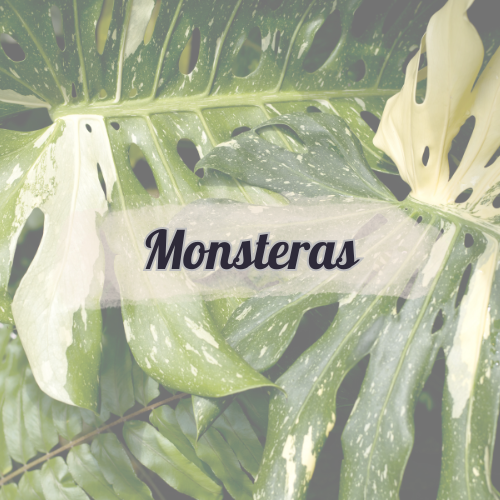
Description of Thrips
Thrips are microscopic insect pests, measuring about 1 to 4 mm in length. Unlike common thrips, often found in temperate climates, tropical thrips thrive primarily in warm, humid environments, ideal for tropical plants. They are distinguished by:
Their coloring is more varied (yellow, light brown or black).
A tendency to cause more serious damage to soft-leaved plants such as alocasias, philodendrons, calatheas or monstera
Increased reproduction speed under optimal conditions.

Thrips Life Cycle
The life cycle of a thrips consists of 5 stages:
- Egg : Deposited inside leaf tissues, invisible to the naked eye.
- Larva : Emerges and begins feeding on the sap.
- Pre-pupa and Pupa : Immobile stage where the thrips develops (often hidden in the soil or under leaves).
- Adult : Moves, feeds and lays new eggs.
Detecting the Presence of Tropical Thrips
Start of infestation:
- Small black dots (excrement) visible on the leaves.
- Discreet yellow or silvery spots on the surfaces of the foliage.
- Presence of tiny mobile adults, often visible with a magnifying glass.
Severe infestation:
- Leaves heavily stained or perforated.
- Rapid decline of plants.
- Thrips visible on several parts of the plant (leaves, stems, buds).
An effective way to spot thrips is to use blue or yellow sticky traps, which attract the adults.

Damage Caused by Tropical Thrips
These pests feed on plant sap by boring into leaf cells. Typical damage includes:
- Silvery or discolored spots on leaves.
- Stunted, deformed or holed leaves.
- Premature leaf drop in severe infestations.
- A spread of viral diseases between plants, worsening their condition.

Thrips Prevention
- Inspect your plants regularly : Especially after acquisitions or moves.
- Quarantine new plants : Avoid placing them near your collection for at least two weeks.
- Maintain good hygiene : Clean leaves regularly and remove plant debris where thrips can hide.
- Set up sticky traps : To monitor populations.

Treatment
Biological Treatment and Natural Predators
- Entomopathogenic nematodes : These microscopic organisms attack larvae in the soil.
- Natural predators :
- Insecticidal soaps and natural oils (such as neem oil) : Effective in neutralizing adults and preventing egg development.
We recommend that you integrate natural predators as a preventative measure.
Chemical treatment
When the infestation is too advanced, chemical treatment may be necessary:
- Thrips-specific insecticides : Use products containing spinosad or abamectin, which are effective against larvae and adults.
- Targeted Application : Spray leaves, including the undersides, where thrips like to hide.
- Frequency : We recommend making a second application depending on the thrips reproduction cycle, i.e. 5 to 7 days after the first treatment, in order to avoid new egg laying.
⚠️ Warning: Always respect the doses and precautions indicated on the products.

